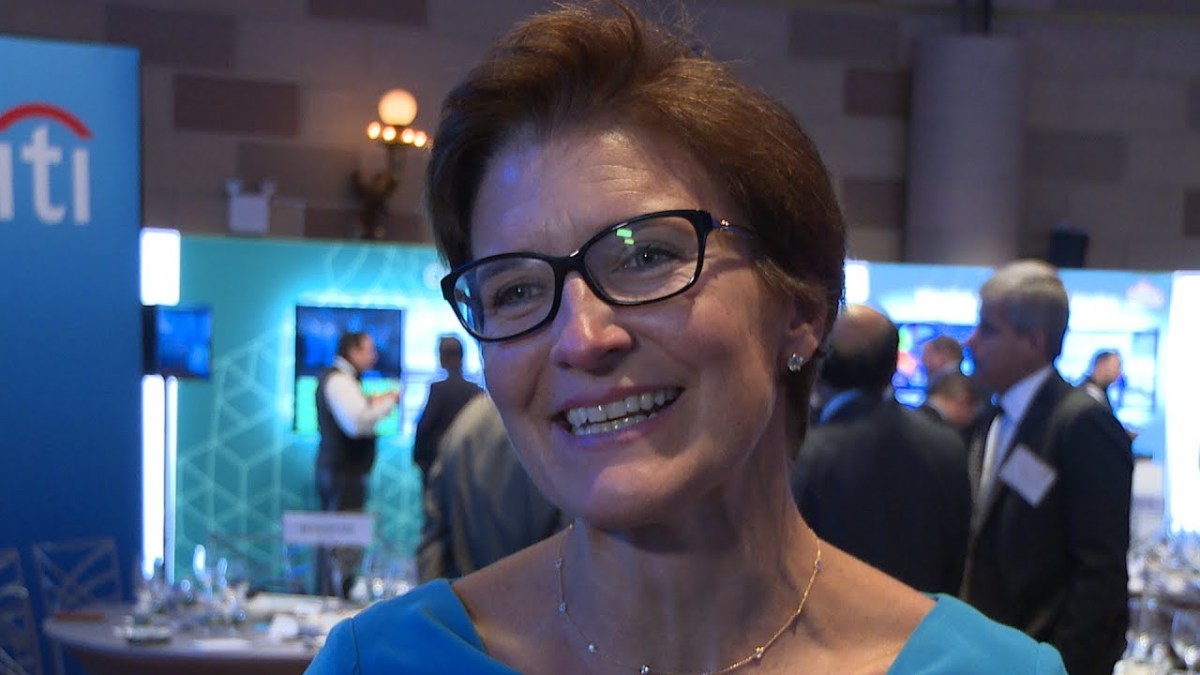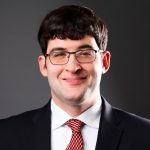(Image via Getty)
Ed. note: This is the latest installment in a series of posts on motherhood in the legal profession, in partnership with our friends at MothersEsquire. Welcome Ioanna Paraskevopoulos and Claire E. Parsons to our pages.
Overwhelmed, disgusted, and angry are likely three reactions you’ve had towards government of all levels in the past few months. If you watched the video footage of George Floyd’s murder, you were probably horrified that an officer charged with enforcing the law would show such disregard for human life. If you saw the varying responses to the protests that later ensued, you may have wondered why some officials responded with compassion and leadership and others with tone-deaf rhetoric and harsh brutality. And all of this happened in the midst of a global pandemic that has exposed the lack of infrastructure to support the care needs of working families that left many of us working parents to fend for ourselves.
We aren’t here to tell you that you shouldn’t be angry or that change isn’t needed. To the contrary, your anger may be exactly what’s needed to create change. In 2018, you may have celebrated the election of many women and racially diverse candidates to Congress, but the Center for American Women and Politics at Rutgers estimates that only 23.6% of Congressional seats are held by women. Numbers locally and at the state level aren’t much better, since only 20% of mayors are female, and only 29% of statewide offices are held by women. Appointed positions on state and local boards and commissions, bodies that do essential work for communities and make decisions that affect working families, are filled primarily by white men.
This may be a terrible time to ask, but lawyer-moms, you could make a big difference. You are uniquely suited and positioned to fill these roles. You understand procedure. Your job requires you to learn to communicate to broad and diverse audiences. You study complicated texts and competing viewpoints and must offer a solution to move forward even when that path is unclear. And, more than anything, you know what it means to put your own personal interests aside to do the right thing for your family or your clients. We need more women in positions of power and we need women like you.
We aren’t asking you to run for Congress (at least not yet). City Hall is a better place to start. Both of us have spent our careers working for and with governments. We see every day that cities, counties, and school districts affect citizen lives significantly. Cities fund (or don’t fund) human services agencies, run police departments, and set policy for training, hiring, supervising, and firing officers. Counties set tax rates and fund mental health programs. School districts educate our children. Boards and commissions appointed by all of these entities plan parks, oversee code enforcement, consider community safety policy, and much more. Given how much these bodies make decisions affecting the most personal aspects of our lives, it is imperative that the makeup of these bodies represent the communities.
This is where lawyers, especially the lawyer-moms of MothersEsquire, could change the world, one city, or county, or public board at a time. A lawyer who has a few hours to volunteer could help parse city codes and contracts to support advocates’ understanding of how to target requests to local government in a way that is actionable. They could also help craft persuasive talking points and arguments for advocates to take to in-person meetings with the elected officials who have the ultimate say on city budget decisions. They can be culture “translators” for people who feel intimidated by approaching local government officials because they lack experience in doing so.
If you still feel unsure about getting involved, there may be programs in your area to help. As an example, Ioanna and a colleague (who is also a lawyer) founded a nonprofit called Action Tank in Cincinnati, a think tank that partners with artists to research and promote new policy solutions to local issues. Action Tank makes policy research and local government accessible and fun for residents, and it provides technical assistance to resident-led efforts to promote positive change, from pedestrian safety measures to police reform. Ioanna was inspired to start this program after watching passionate local residents advocate for their communities for several years and seeing the sometimes lackluster response they got from local governments.
This year, Action Tank launched its flagship program, City Council School, a five-month bootcamp for residents who want to be effective local legislators or stronger community advocates. City Council School trains participants on how to work with the city administration, advocacy groups, and elected officials to turn great ideas into laws that are data-driven, implementable, and sustainable. For residents who don’t have five months to attend bootcamp, Action Tank also hosts shorter training sessions and discussions, and provides artist-designed, practitioner-approved toolkits for navigating city processes. Partnering with local efforts like Action Tank to conduct trainings and share research is an easy and impactful way for lawyers to support local activists responding to current events.
Though Action Tank isn’t nationwide (yet), other programs that teach advocacy skills, help citizens learn about local government or even run for office are prevalent. If you aren’t sure how to get involved, reach out to a trusted elected official, your local political party headquarters, or even try Google. In short, there are people, programs, and tools available to help you get started, but if you have trouble, email either of us, and we’ll talk you through it. Both of us love local government, but we know that there is no change without action and advocacy. If you are mad, disgusted, and frustrated with government, that could be a good thing if you use it. Lawyer-moms turn that anger into energy, get involved in your local government, and you can change the world.

Ioanna Paraskevopoulos is the Co-Founder and Executive Director of Action Tank, a think tank that partners with artists to research and promote new policy solutions in the Cincinnati area. She has served as Chief of Staff to a Cincinnati Council Member, and as a Congressional Affairs Advisor for the U.S. Department of State. She is the mother of Hugo, who is four years old. To contact her and learn more about Action Tank, email her at ioanna@actiontankusa.org or visit www.actiontankusa.org.
 Claire E. Parsons is a Member at Adams, Stepner, Woltermann & Dusing, PLLC in Covington, Kentucky where she focuses her practice in local government practice, school law, and civil litigation. She is the mother of two girls and the Content and Communications Chair for MothersEsquire. You can find more of her content or connect with her on LinkedIn.
Claire E. Parsons is a Member at Adams, Stepner, Woltermann & Dusing, PLLC in Covington, Kentucky where she focuses her practice in local government practice, school law, and civil litigation. She is the mother of two girls and the Content and Communications Chair for MothersEsquire. You can find more of her content or connect with her on LinkedIn.





 Kathryn Rubino is a Senior Editor at Above the Law, and host of
Kathryn Rubino is a Senior Editor at Above the Law, and host of 






 Jordan Rothman is a partner of
Jordan Rothman is a partner of 
